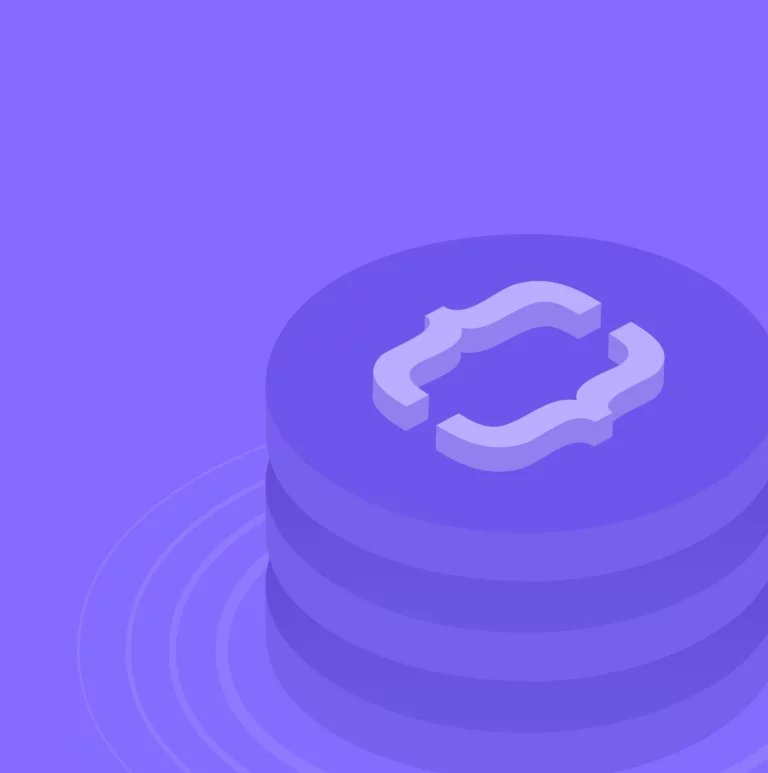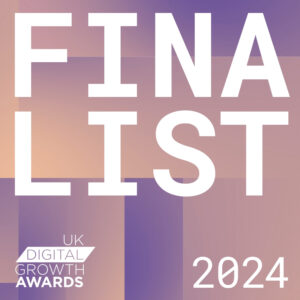As a business in the financial services industry, you have to navigate a range of sector-specific challenges that make it difficult to meet current user expectations with technology. This article will explain why a bespoke development project is often the most effective way to solve those challenges, and provide guidance on how to approach such a project.
For a long time, apprehension towards cyber security and data protection, alongside challenges with decades-old legacy systems, meant that many businesses in the financial services sector were behind the technology curve. Banks and other financial services companies weren’t typically known for their impressive websites or sleek digital processes—at least not until fairly recently. Those days are long gone now, as digital transformation and technology-driven innovation have changed the financial services industry forever.
Today, both your clients and employees expect a seamless digital experience when interacting with your services and processes. Meeting these expectations has become increasingly important, especially as traditional finance businesses face disruption from trends like FinTech and digital banking.
Whether you’re a long-standing financial institution or an early-stage FinTech start-up, there’s a common priority—keeping up with the pace of technology is critical to staying relevant with your customers and maintaining a competitive edge.
Changing Demands from Your Audience of End-Users
The technology trends mentioned above have likely forced you to shift large parts of your business model online, creating new challenges in the process.
Self-Service
Whatever services or products you provide, your clients now expect the same convenient, effortless experience they’re used to from everyday smartphone apps.
Most people prefer to do everything for themselves online—without the need to speak to a sales rep or support agent. If you can’t deliver this level of simple, efficient self-service, your customers will be frustrated.
Cyber Security and Data Protection
The volume of data moving through your systems is immense. When handling highly sensitive financial data, your entire technology stack must be secure to comply with industry regulations and safeguard client information.
Responsive Design
All digital systems—client-facing and internal—need to be intuitive, dynamic, and easy to use. Responsive design is not optional anymore.
User Retention
If your website feels clunky or hard to navigate, clients will go elsewhere. That may have been acceptable two decades ago, but not today.
People often abandon a site forever after just one poor experience. That’s how important excellent UX is for customer retention.
Similarly, for internal tools like training portals or knowledge bases, poor UX leads to low adoption and poor ROI.
Using Bespoke Development to Overcome Business Challenges
Many leading financial services companies now rely on bespoke websites and platforms to meet their specific needs.
Modern enterprise systems must be dynamic, intuitive, and user-centric. In a complex sector like financial services, this often requires bespoke development.
Your customers, partners, and clients expect access to personalised content and services anytime, anywhere. Meeting this demand often calls for tailored functionality.
A bespoke solution ensures alignment with your business goals and user expectations. This could include:
- A custom website that sets you apart from competitors
- Online portals for staff training or engaging client experiences
- Platforms that integrate better with legacy systems
- A scalable CMS with greater flexibility
- Digitised tools that replace time-consuming manual processes, such as this fundraising solution
Whatever your need, the steps below outline how to approach a bespoke technology investment effectively.
How to Approach a Bespoke Development Project for a Financial Services Business
Understand the Purpose of What You’re Building
Start with a clear understanding of what you’re trying to achieve. Your website or platform should support your strategic business goals and solve specific problems for your users.
Define Your Requirements in a Project Brief
Create a written brief with your functional and non-functional requirements. Be specific to ensure your project is delivered on time, on budget, and to spec.
For help creating an effective brief, read our article here.
Evaluate Your Technology Options
Most bespoke projects use a content management system (CMS). Choose one that aligns with your goals and constraints.
WordPress is a popular choice for financial services due to its flexibility and fast time-to-market.
Explore more about CMS options in this related guide here.
Find and Select an Agency Partner
Partnering with an experienced agency is crucial. They should understand the sensitivity of financial data and provide long-term support.
Look for an agency with:
- Financial services sector expertise
- Proven bespoke development success
- Long-term partnership approach
- Relevant certifications and compliance
- Secure hosting and disaster recovery plans
- Security-first development processes
- Ongoing maintenance and support
- Platform optimisation and updates
- Training to maximise ROI
Key Components of a Successful Bespoke Development Project
To reduce risk and maximise success, include these elements in your project requirements:
Hosting and Performance
Use secure, scalable hosting to handle high traffic and data volume.
Enterprise-Grade Security
Security must be central—ensure your provider offers robust backups, recovery, and testing protocols.
Personalisation
Provide tailored content and services. Some platforms will require custom development for this.
Scalability and Multi-Site Development
Your site should grow with your business. Choose a platform that supports expansion.
Integration with Back-End Systems
Your new solution should work seamlessly with existing systems, both old and new.
Ease-of-Use
User adoption depends on usability—make it a core requirement for both front-end and back-end users.
Time-to-Market
Choose tools and partners that allow for rapid development and iteration.
Ongoing Development and Optimisation
Launch is just the beginning. Use data and feedback to continuously improve your platform.
The Business Benefits of Bespoke Development
While adapting to new technology can be challenging, it also unlocks significant advantages:
- Improved internal UX and operational efficiency
- Enhanced customer experience and satisfaction






